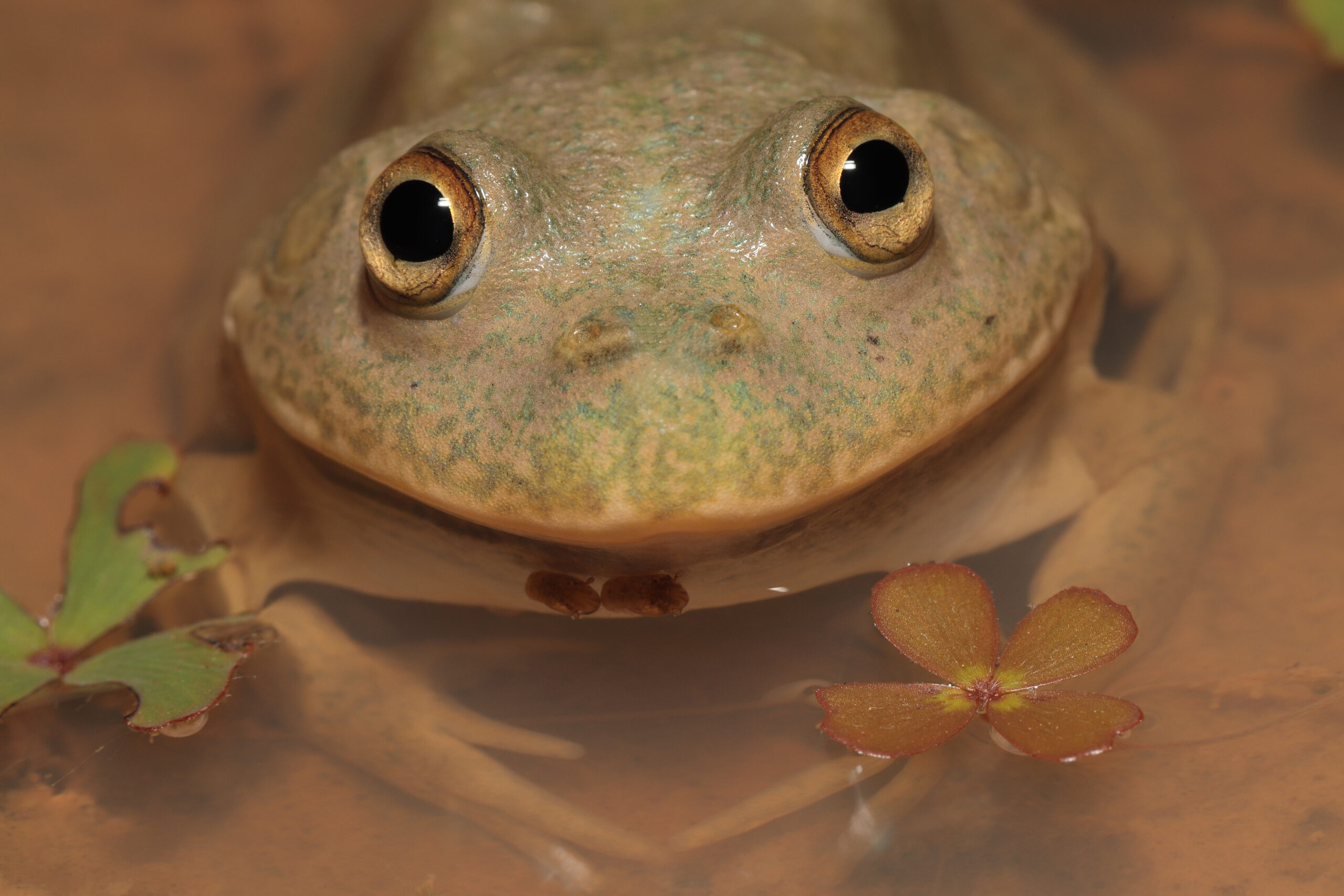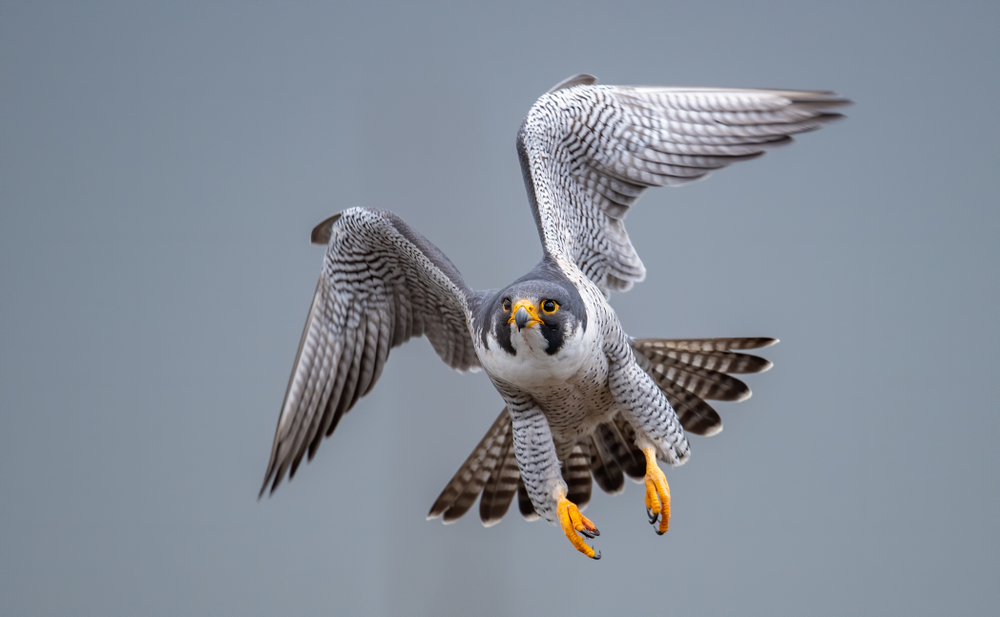| Common name | Barking owl |
| Scientific name | Ninox connivens |
| Type | Nocturnal bird |
| Diet | Carnivore |
| Average lifespan | Up to 20 years |
| Size | 35- 45cm in length, 85-100cm wingspan and weighing 425-510g |
The barking owl is easily recognisable by its bright yellow eyes and its lack of facial disc, but a dog-like ‘woof-woof’ call, is what really sets this owl apart from its feathery friends. Sometimes mistaken for a screaming woman when it reaches an excited rapid pitch, the barking owl’s call is territorial, and pairs of birds engage in call-and-answer duets.
Barking owls are medium- sized, brown owls, with white spots on the wings and a streaked breast. Found across New Guinea and its surrounding islands, and on mainland Australia except in central areas, the barking owl lives in open woodlands and on the edges of forests. A preference for inhabiting the fringe of bushland is likely due to the foraging behaviour of this bird, with proximity to rivers or swamps an added necessity to their habitat.
Preferring to hunt in the first few hours after dusk and just before the sun rises again, the barking owl feeds mostly on insects during non-breeding season. During breeding season, the barking owl will eat larger prey such as small-medium sized mammals, birds, and reptiles, which it hunts either from the air or from an exposed perch.
Raising a single brood in a season, the barking owl makes its nest within an open hollow of a live tree trunk, that is lined with twigs and wooden debris. Pairs usually mate for the life of a partner and may use the same hollow nest for many years. The female barking owl lays between two and three eggs, and these take around 36 days to hatch, with the female incubating the eggs and the male providing food. Barking owl chicks remain dependant on their parents for several months and stay in the family unit until a few months before the next year’s breeding season which takes place between August and October. The baking owl is listed as vulnerable within Australia, with threats including land clearing and the loss of large, hollow-bearing trees in which the species depends for nesting.
Secondary agricultural poisoning, barbed wire fences and vehicle collisions are also recorded as threats to the population numbers of the barking owl.








